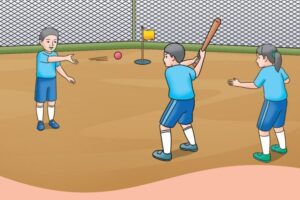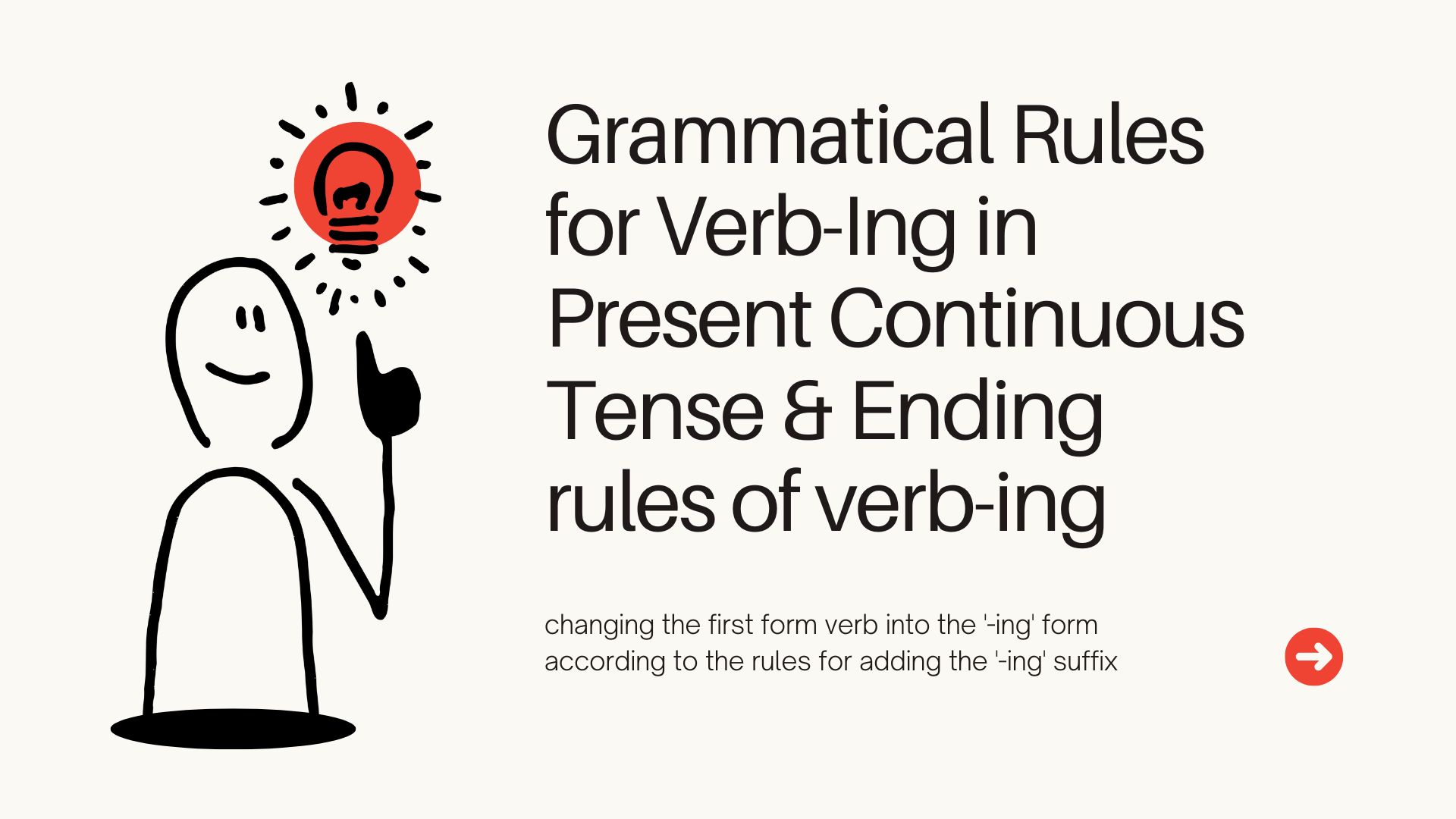Definition
Simple Past Tense describes completed actions in the past; it indicates that an action started and finished at a specific time in the past. Knowing the Simple Past Tense helps you place events clearly in your narrative.
Importance of Simple Past Tense
Mastering Simple Past Tense improves storytelling and historical recounting; it is essential for clear communication when discussing past events. You can effectively communicate what happened and when it happened.
Real-world Scenarios
Narrating personal experiences, reporting news, and detailing historical events; these scenarios all depend on Simple Past Tense. Therefore, understanding it enhances narrative capabilities.
When to Use Simple Past Tense?
Completed Actions at a Specific Time
Use it for actions finished at a known time; the time can be explicitly stated, or implied. For example, “I visited Paris last year” clearly indicates the time of the action.
Series of Completed Actions
When listing multiple actions that occurred one after another in the past, use Simple Past Tense for each action. Sequencing becomes clear and easy to follow for the listener.
Past Habits or States
Describing habits or states that are no longer true; Simple Past Tense can illustrate changes over time. “I used to play the piano” shows a past habit that has ceased.













